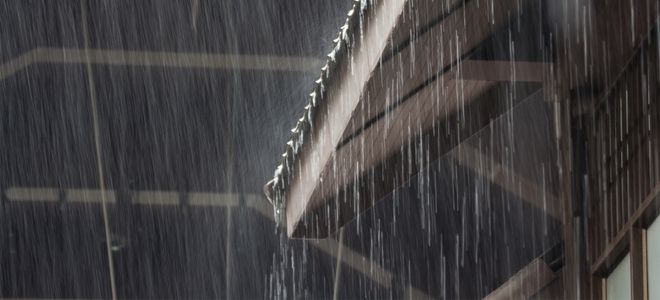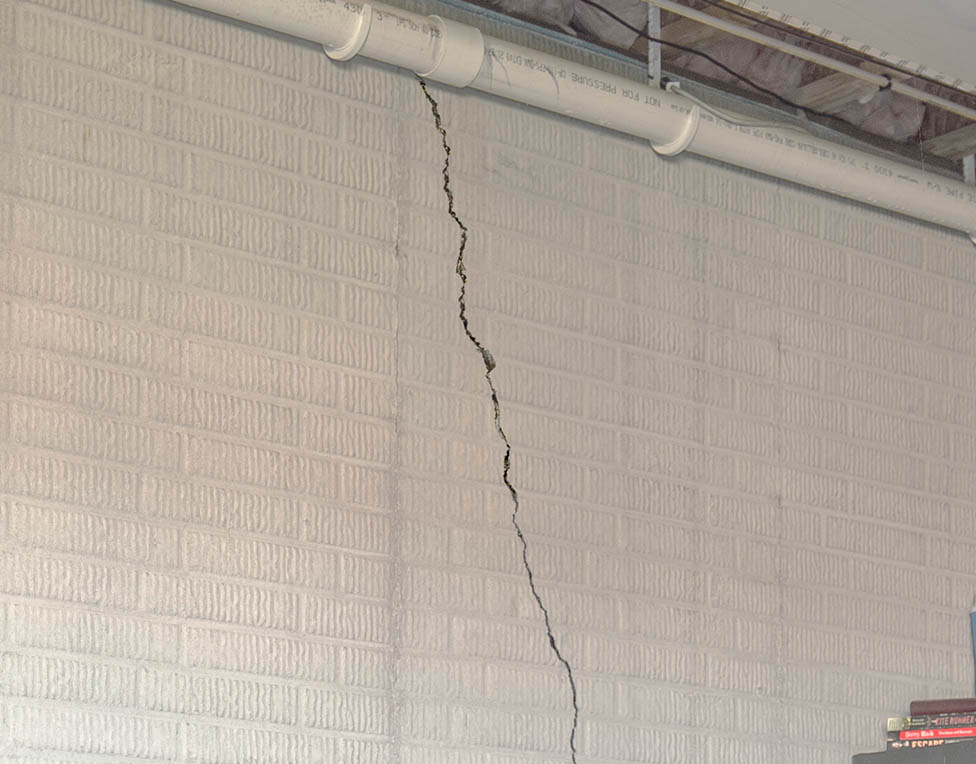How to Winterize Your Basement or Crawl Space

Wintertime means cold temperatures, and in many places, snow and ice. No matter where you live, it's important to protect your home against winter weather. Winterizing basement and crawl space areas can reduce energy costs and protect against damaging and potentially costly problems, including water damage.
The good news is winterizing your basement or crawl space doesn't have to be expensive. With a combination of tasks you can do yourself and others that are better suited for a professional, you can make the job work for your budget. Below are several things you (or a professional) can do to protect your home this winter.
Seal and insulate the rim joist

The rim joist cavities are a major source of air leakage and heat loss.
In the winter, condensation on the cold rim joists can cause mold and rot. Rim joists are located around the perimeter of the basement, on top of the basement walls, and below the floor joists. The rim joist supports the weight of the floor resting on the joists. The size of the rim joist cavity depends on the footprint of the house.
Recommendation:
There are two options for insulating the rim joists: spray foam or rigid foam. Whichever insulation product you choose, proper application is important to prevent air leakage.
- For DIY applications, two-component polyurethane foam kits are available at most hardware stores; expect to pay about $350 for a 200 board foot kit. An advantage of using spray foam is that it’s an “all-in-one” product that both seals air leaks and insulates. Be sure to wear protection when applying spray foam. Rigid foam is typically less expensive than spray foam, but it’s more difficult to install.
- If you’d rather leave the job to a professional, hire a basement or crawl space repair contractor to insulate the rim joists.
- If you’re considering adding insulation in other areas of the home at the same time, hire a professional insulation contractor.
Fix foundation cracks

Cracks in the foundation allow water from snow and melting ice to get inside the basement or crawl space. Freezing and thawing can make small cracks bigger. Foundation cracks should be repaired to keep out water and moisture and prevent damage and mold. Crack injection is a common short-term DIY repair method. However, over time, most DIY injection repairs fail due to poor adhesion or a broken seal. In the winter, freezing and thawing can cause movement of the foundation. When this happens, the epoxy can crack.
Recommendation:
- To repair minor cracks in the basement walls, hire an experienced basement waterproofer that will use a flexible sealant, porous foam, and an impermeable membrane that flexes to maintain a seal over the wall crack.
- For cracks more than 1/4-inch wide or bowing walls, have them inspected by a qualified foundation repair contractor, such as TerraFirma.
Insulate metal pipes
Exposed pipes in unheated areas, such as the basement or crawl space, are vulnerable to freezing and bursting during the winter. This can lead to expensive water damage and mold. In houses with a boiler room, the heat from uninsulated pipes is lost through the cold concrete walls.
Recommendation:
- Wrap pipes in foam insulation to keep the pipes from freezing, sweating, and dripping. Insulate the pipes in a boiler room to prevent the heat from being lost to the outside. Pipe insulation is available at most hardware stores; expect to pay $2-$8 for 6 feet of tubular foam pipe insulation. You might consider hiring a qualified insulation contractor to ensure proper installation.
Seal basement windows and crawl space vents
In the winter, leaky basement windows can let in cold air, melting snow and ice, and moisture. Open crawl space vents do the same. If there are exposed pipes, this can increase the risk of the pipes freezing and bursting.
Recommendation:
- Seal gaps around basement windows with caulk to prevent air leakage and water intrusion.
- Add window wells to help keep water and moisture away. Consider a window well cover to prevent clogs from snow, leaves, dirt, and other debris.
- Properly seal crawl space vents to keep cold air out and prevent frozen pipes. In addition to closing crawl space vents, a vapor barrier and insulation should be added to protect the crawl space against moisture and temperatures year-round. This is one of the most common services TerraFirma provides to homeowners across the Pacific Northwest.
Prevent sump pump discharge from freezing

It’s normal for a sump pump to run in the winter when water from melted snow and rain accumulates in the sump pit. When it does, it’s important for the discharge line to be clear to allow the water to exit the basement or crawl space. In the winter, buried discharge lines can clog with snow and ice, preventing water from flowing through the hose. If the sump pump discharge hose freezes, the sump pump is forced to work harder and can overheat and fail.
When the temperatures start to drop, one of the most common questions from homeowners with a sump pump is “How do I stop my sump pump discharge from freezing?” Disconnecting the sump pump hose is an option, but forgetting to reconnect it can result in a flooded basement or crawl space.
Find a professional to help winterize your basement or crawl space
Based on your climate, knowledge, and DIY capabilities, these tips can help you create a list of winterizing to-dos. If you need professional help, TerraFirma can work with you on making your basement or crawl space more efficient during the winter. Contact TerraFirma today to schedule your free evaluation!

